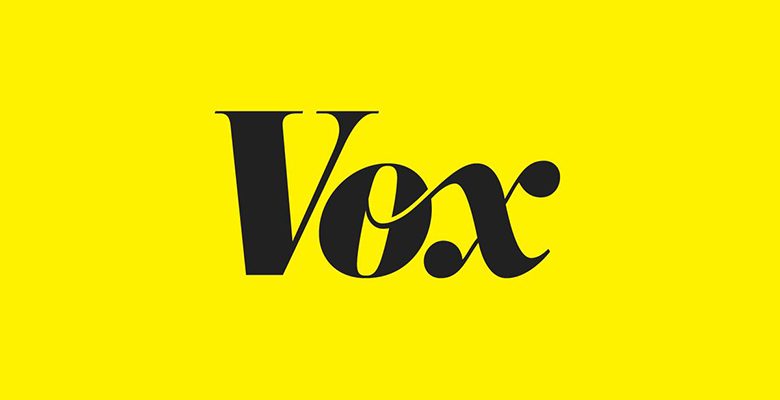Here’s an interesting story from Vox.com about the culture of the top decile:
There are some defining characteristics of today’s American upper-middle class, per [author/philosopher Matthew] Stewart’s telling. They are hyper-focused on getting their kids into great schools and themselves into great jobs, at which they’re willing to work super-long hours. They want to live in great neighborhoods, even if that means keeping others out, and will pay what it takes to ensure their families’ fitness and health. They believe in meritocracy, that they’ve gained their positions in society by talent and hard work. They believe in markets. They’re rich, but they don’t feel like it — they’re always looking at someone else who’s richer.
They’re also terrified. While this 9.9 percent drives inequality — they want to lock in their positions for themselves and their families — they’re also driven by inequality. They recognize that American society is increasingly one of have-nots, and they’re determined not to be one of them.
. . .
“I think the driving motivation is fear, and I think that fear is well-grounded. People intuit that in this meritocratic game, the odds are getting increasingly long of succeeding. They work very hard to stack the odds in their kids’ favor, but they know as the odds get longer, they may not succeed.
“That’s coupled with another one of the traits of this class, which is a lack of imagination. The source of the fear is also this inability to imagine a life that doesn’t involve getting these high-status credentials and having a high-status occupation. This life plan looks good, and it certainly looked good in the past when the odds were more sensible. But it’s not a great deal. It’s something that isn’t just harmful to the people who don’t make it, it’s also harmful to the people who get involved and do make it, in some sense.”
God save us from the 9.9%.

